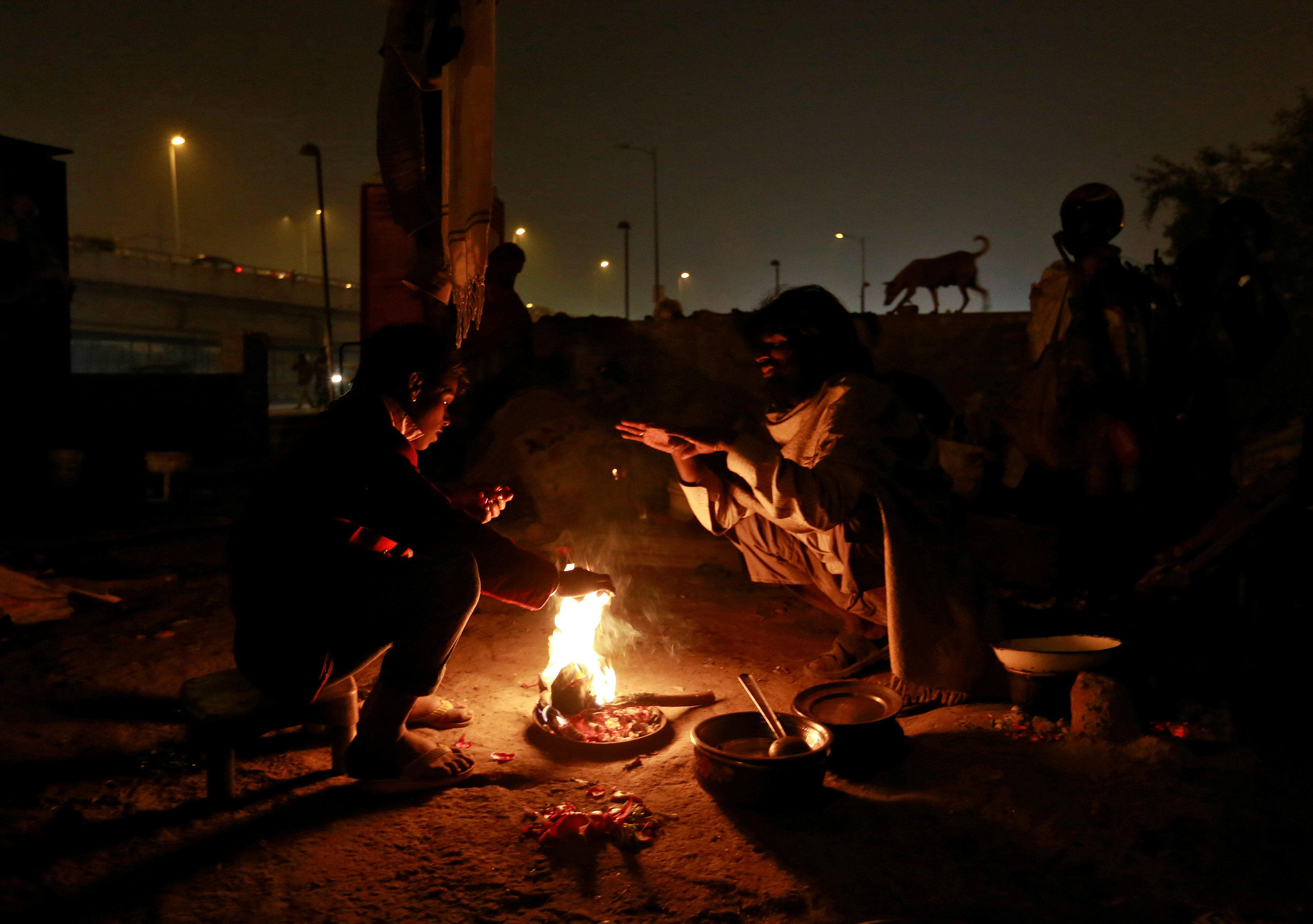
By Yeganeh Torbati
WASHINGTON (Reuters) – An 8-year-old Guatemalan migrant boy died early on Christmas Day after being detained by U.S. border agents, the U.S. Customs and Border Protection (CBP) said, the second migrant child to die in U.S. detention this month.
The boy and his father were in CBP custody on Monday when a Border Patrol agent noticed the child showing signs of illness, CBP said in a statement. The father and son were taken to the Gerald Champion Regional Medical Center in Alamogordo, New Mexico, where the boy was diagnosed with a common cold and fever, and eventually released by hospital staff.
But later that evening, the boy began vomiting and was transferred back to the hospital. He died there early on Tuesday, CBP said, adding that the official cause of death was not known.
The father and son were not identified, and the agency said it would release more details “as available and appropriate.” Guatemalan officials have been notified of the death, CBP said.
The boy’s death followed the death in early December of 7-year-old Jakelin Caal, also from Guatemala. She died after being detained along with her father by U.S. border agents in a remote part of New Mexico.
After the second death, the CBP announced it was developing several policy changes late Tuesday.
It will conduct secondary medical checks on all children in its custody, with a focus on those under 10, the agency said in a release.
The agency will also work with Immigration and Customs Enforcement to improve custody options, such as better transportation to Family Residential Centers and supervised release, and working with non-governmental agencies for housing.
This is a tragic loss. On behalf of U.S. Customs and Border Protection, our deepest sympathies go out to the family,” CBP Commissioner Kevin K. McAleenan said in the release.
Guatemala’s Foreign Ministry said its consul in Phoenix was seeking to interview the boy’s father, to whom it pledged to give all necessary consular assistance and protection. In a statement, the ministry said it also requested medical reports to clarify the cause of death.
According to the ministry, the boy and his father entered the United States via El Paso, Texas, on Dec. 18 and were transferred to a border patrol station in Alamogordo on Dec. 23.
The Trump administration has tried to deter people from crossing the border between ports of entry illegally to seek asylum, while at the same time restricting legal access to official ports of entry. That has created a months-long wait for asylum applicants, including those who came as part of a large caravan of Central Americans this year.
Jakelin Caal’s funeral was being held in her family’s village in Guatemala.
Her death fueled criticism of President Donald Trump’s immigration policies from Democrats and migrant advocates. The Trump administration said Caal’s death showed the danger of her journey and the family’s decision to cross the border illegally.
That death is being investigated by the Department of Homeland Security’s Inspector General, which looks into accusations of misconduct by the agency’s employees.
CBP said on Tuesday that the Guatemalan boy’s death is being reviewed by the agency’s Office of Professional Responsibility, and that the Inspector General has been notified of the death. It was not immediately known if the watchdog would open an investigation.
(Reporting by Yeganeh Torbati; Additional reporting by Sofia Menchu in San Antonio Secortez, Guatemala, and Rich McKay in Atlanta; Editing by Leslie Adler, Nick Macfie and Chizu Nomiyama)










